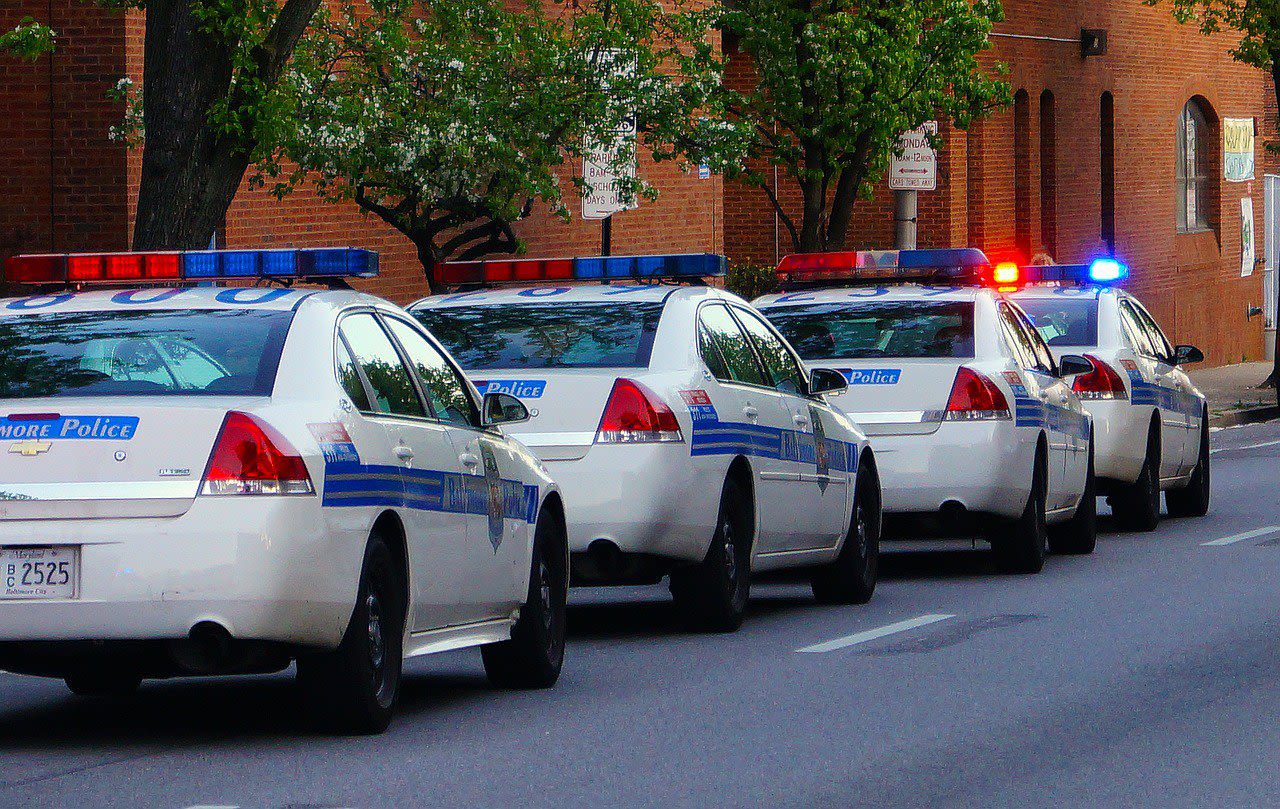
WHY EVERY POLICE DEPARTMENT SHOULD HAVE BODY CAMERAS
It was only a short time ago when you were lucky to have any video evidence in most criminal cases. Sometimes there would be some video from inside the jail, other times you might have a dash-camera from a patrol car that caught some of the interaction, but by and large there was no video in the vast majority of criminal cases. This started changing several years ago with the advent of relatively inexpensive, high quality body cameras. These are cameras that officers wear anytime they are on duty. The police officer turns on the cameras when they are interacting with the public, and the camera captures both audio and video from the point of view of the officer. These recordings serve to protect the police as well as the accused.
It isn’t hard to imagine the scenario where a police officer is abusing his or her power. Stories like these make the front page of the news weekly. The story goes like this: A young man (or woman) is out downtown. He has been drinking, and comes into contact with the police. He isn’t committing any crimes, but he’s buzzed and gets lippy with the cops. The cops are sick and tired of being shown no respect, so they decide to teach this punk a lesson. Flash forward to the next day (or several days later) when the young man finally makes bond and is released from jail. He’s holding his bond paperwork requiring him to return to court to answer charges of resisting arrest, which goes nicely with his fresh black eye courtesy of the cop’s elbow.
Or maybe the story goes something like this instead: A young man (or woman) is out downtown. He has been drinking, and comes into contact with the police. The police are giving him every chance to walk away from the confrontation, but he just keeps reengaging. Eventually, the cops can’t do their job and reluctantly decide they need to take the young man to detox to sober up. He doesn’t like that, and starts fighting. In the struggle, the officer catches the man in the eye which turns into a nice shiner. Unfortunately, the officers have no choice but to charge him with resisting arrest.
While one of these scenarios might be more likely than the other, both are possible. The beauty of body cameras is that we no longer have to guess as to which version is true! These cameras give us beautiful images of what happened, from a first-person point of view. We will be able to hear how cooperative or uncooperative the man is being. We will hear how aggressive or patient the police officer is. We will see whether the officer used a choke-hold to subdue a reckless, dangerous suspect who was going to hurt himself or someone else, or whether the cop lost control and took out his angst on the closest available target.
The videos don’t lie, and they can and do protect defendants from malicious fabricated prosecutions while at the same time protecting police officers and police departments from malicious fabricated lawsuits demanding millions in punitive damages. Just ask any one of the many municipalities that have paid out six figure settlements in these types of cases. They will tell you that the cost of police-force wide body cameras pales in comparison to the alternative.
